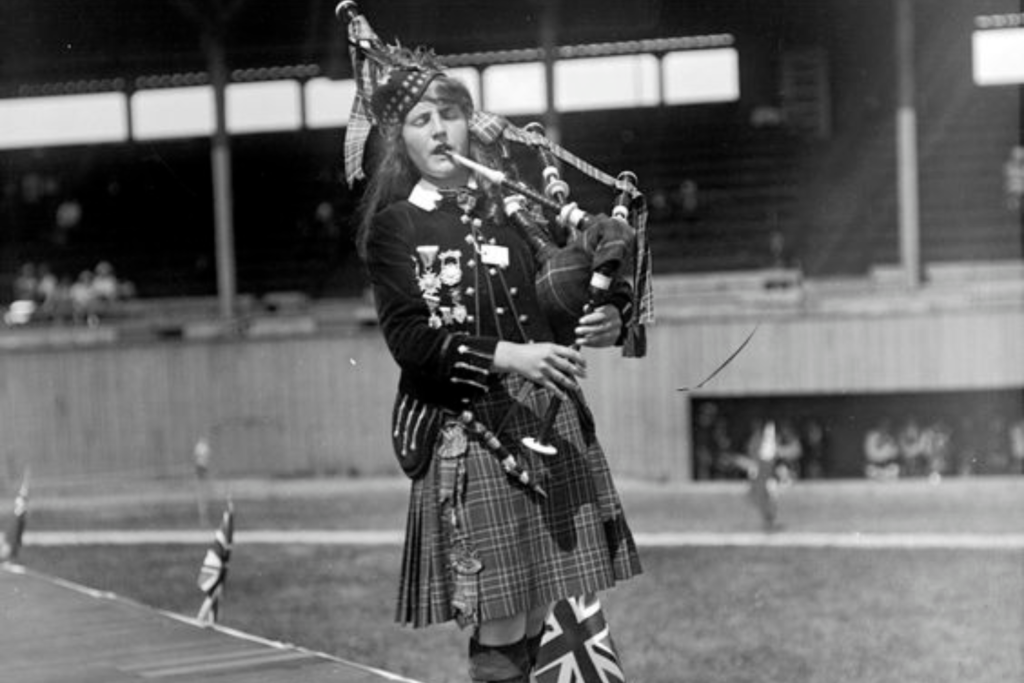A Journey Through Time:
Our earliest clues seem in fragments, whispers across continents and centuries. Archaeologists determined a probable chanter (the melody-gambling element) in Germany, relationship back to the overdue 14th century. Artistic depictions from around the equal time exhibit bagpipe-like contraptions in Europe and even Egypt. These pointers recommend a sizable presence, but a clear origin tale remains shrouded within the mists of time.

Unraveling the Threads:
While a single inventor is not going, the bagpipe’s evolution unfolded throughout numerous cultures. Ancient gadgets like the Egyptian “harps of Thebes” and Greek “aulos” percentage similarities, suggesting a shared ancestry. Historians factor to alternate routes and cultural alternate as capacity catalysts for its worldwide unfold.
Scotland Takes the Stage:
The bagpipes became deeply intertwined with Scottish identification by using the sixteenth century. Used in warfare cries, celebrations, and lamentations, it embodied the spirit of the Highlands. The Great Highland Bagpipe, with its powerful drone and chanter combination, emerged as the iconic instrument we realize today.

Evolution, Not Invention:
It’s critical to recognize that the bagpipe wasn’t invented in a unmarried second, however as an alternative advanced over centuries, shaped with the aid of numerous cultures and functions. From humble beginnings as simple reed pipes to the complex instruments of today, the adventure reflects human ingenuity and the long-lasting strength of song.
The Legacy Lives On:
Despite its ancient origins, the bagpipes continues to captivate audiences international. From traditional gatherings to modern compositions, its particular sound transcends borders and generations. While the exact invention date may additionally remain elusive, the fascinating spirit of the bagpipe guarantees its legacy will continue to resonate for hundreds of years to return.

